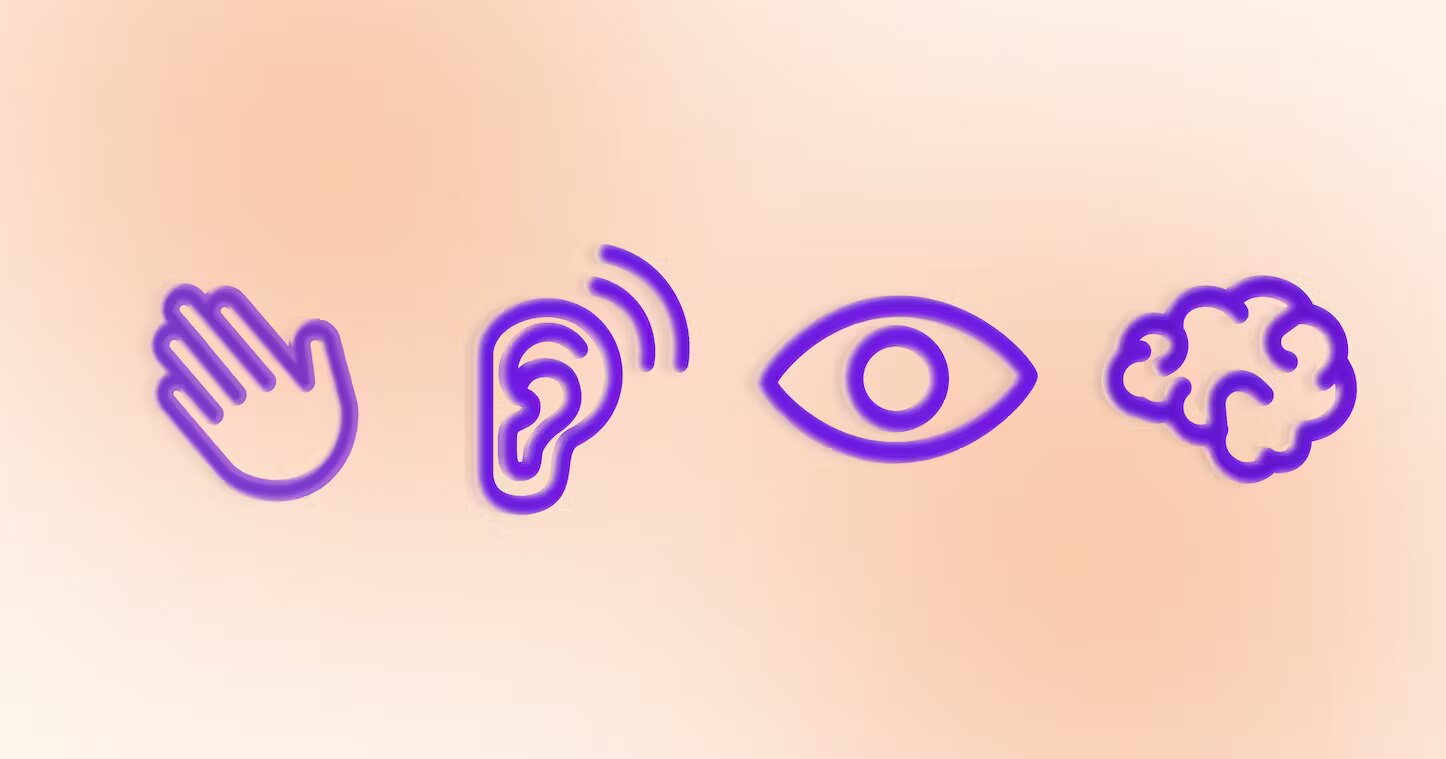What are some of the ways that you can assist someone with autism in the workplace?
Secure employment goes a long way toward improving quality of life, especially for someone with autism spectrum disorder ASD. Employment not only builds skills, creates a broader support circle, and builds human connections, but it can also add meaning and focus to a person’s day.

Different Ways that We Can Support People with ASD in the Workplace
- Predictability – When you know what’s going to happen, it reduces anxiety. People with ASD will flourish in an environment where they know the schedule ahead of time, be that for the day, week, or month.
- Establish Routines – By establishing routines, you can provide order, structure, and time management for someone with ASD, making their daily tasks easier.
- Sensory Accommodations – Some examples of sensory accommodations include reduced or soft lighting, scent-free environments, reduced background noises, and group settings.
- Visual Reminders – Having visual reminders or cues is a great way to break down tasks, jobs, or policies for someone with ASD. The visual cues will be easier to follow and assist them in staying on track with assignments.
- Clear Expectations – People with ASD won’t typically pick up on subtleties, or hidden meanings, read between the lines, or be able to see the next steps in a project which may appear obvious to many other people. Never assume that someone with ASD can pick up on subtle cues.
- Auditory Processing – Because auditory processing skills are typically weaker than visual processing skills, people with ASD will sometimes miss the beginning or the end of instructions. Therefore, audible instructions should be backed up with graphic support.
- Additional Response Time – Due to auditory processing delays, people with ASD may need additional response time to allow them to answer verbally. For example, giving people with ASD extra time before repeating questions or tasks will allow them more time to process the initial comment or question.
- Communication Styles – No two people with ASD will be exactly alike, meaning you’ll need to create and establish different communication styles.
- Introducing Changes – Changes in the workplace are often unavoidable. However, giving someone with ASD additional notice and time to prepare and adjust will make the process smoother and reduce levels of anxiety.
- Utilizing Video Modeling Technology – New video technology allows for modeling tasks by combining visual supports with new technology to create more effective teaching tools.
Supporting Autism in the Workplace: Assistive Technology and Other Resources – Conclusion
By providing someone with ASD employment, you’re doing more than just giving them a job. You’re potentially providing them a better quality of life and improving their social skills.
If you have any questions about autism products or would like to find more information about sensory products, please don’t hesitate to reach out and contact us directly. Our friendly and professional team is standing by to assist you.





